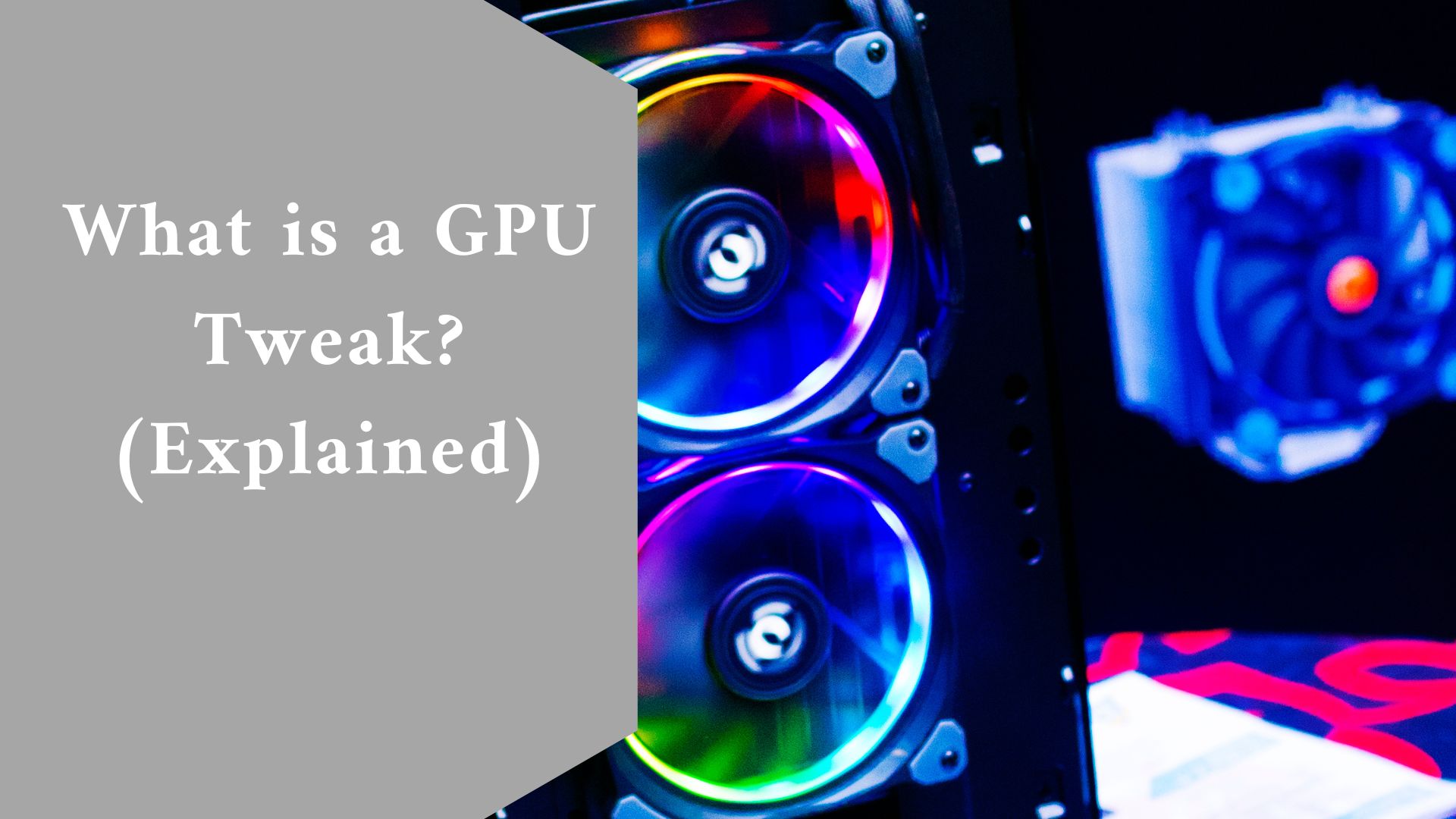GPU Tweak lets you individually or simultaneously adjust clock rates, voltage, and fan speeds on up to four graphics cards. You may also choose between GPU Tweak’s Standard and Advanced settings depending on your level of skill.
You can Use ASUS GPU Tweak II to Overclock a GPU in Windows 10
Overclocking is a more advanced method of improving the performance of your Windows 10 PC without altering components. On your PC, you may overclock three components: the CPU, GPU, and RAM. However, overclocking has its limits, and if done incorrectly, you can harm the hardware.
The appropriate way to overclock a graphics card is to use a dedicated tool like the ASUS GPU Tweak II to manually raise the GPU’s speed. The free software allows you to check the performance of your graphics card and increase it on the fly as needed.
Installing ASUS GPU Tweak II on a Windows 10 PC
To install ASUS GPU Tweak II on Windows 10 and securely overclock your GPU, follow the simple step-by-step instructions below:
- Select the red Download ASUS GPU Tweak II Now button from the GPU Tweak II download page.
- Select your PC operating system and click Download on the Driver & Utility Tab.
- After downloading, unzip the file and perform the installation.
- After that, a DirectX installation will display. If you don’t already have it, download and install DirectX.
- Following the installation of the appropriate DirectX file, follow the on-screen instructions to install the ASUS GPU Tweak II on your desktop.
Start the program. GPU Tweak features two modes: simple and professional. Open the application and select the mode in which you want it to run. You can update it later or even add a custom configuration, as shown further below.
How to Begin Using the Software
First, you must enable a setting that will offer you an advantage when it comes to overclocking. To do so, navigate to the program’s profiles area and check the Overclocking range enhancement box. When you apply it, it may prompt you to restart.
The interface will be launched in Advanced Mode. You will now have a new set of values to overclock with. These are the parameters:
- GPU Clock (MHz): A higher clock number indicates more consistent performance. As a result, to get the most FPS, you’ll need to set it to the highest attainable frequency.
- GPU Voltage (mV): As long as your GPU has an unlocked BIOS, you must set this value to the maximum allowable unit by the program. In gaming, its temperature does not surpass 85 degrees.
- Memory Clock (MHz): The rate at which your graphics card processes frames in and out of VRAM. You may either set it to the default setting from the game mode configuration or anchor it to the maximum frequency based on the performance of your GPU.
- Fan Speed (%): You can leave it on auto or force it to have a more aggressive curve if you want to keep the temperature low. This is significant since a cooler GPU may scale more MHz and increase performance or stability.
- Power Target (%): A power restriction value, often known as PT. You can set it to its maximum value because it has no direct effect on voltage or frequency beyond a specific consumption limit.
Run any difficult benchmark or stress test software after these parameters have been set and implemented.
Note: Do not use Furmark for this test because it exceeds the electrical capabilities of the GPU and does not use cutting-edge technologies.
We recommend using 3DMark tests like Time SPY, DLSS, PCIe bandwidth, or VRMark. Each one will test what is required without exceeding the limitations while preserving the stability of your system.
ASUS GPU Tweak II Provides One-Click Performance Enhancement
One of the benefits of this program is that it works with any modern graphics card. Aside from overclocking features, the application also includes a one-click performance boost for your gaming demands.
- In the program’s bottom left corner, click the Simple Mode button. Once you’ve selected the Simple Mode profile, you’ll see the Gaming Booster button on the interface, which will increase the performance of your Windows 10 PC.
- When you click the button, a new window will appear within the application with three other sections: Visual Effects, System Services, and System Memory Defragmentation.
- There are three options in the Visual Effects menu: Best Appearance (recommended), Best Performance, and Disable. From here, select the second option (Best Performance) to push your CPU and GPU to their maximum MHz.
- Select the Turn off Windows Services and processes option in the System Services menu to minimize preliminary apps’ background activity, which would be running system resources in the background.
- Finally, enable the option in the System Memory Defragmentation section. Once everything is set up, all that remains is to push the Start button. The application would then limit itself to the parameters you have chosen for optimal performance.
Final thought
If, after modifying all of these settings, you still detect a level of GPU bottleneck in your computer’s gaming performance, feel free to browse our page for additional tech-related content.
Thanks for reading and please in case you have any expressions, kindly leave us a comment in our comment section below.

